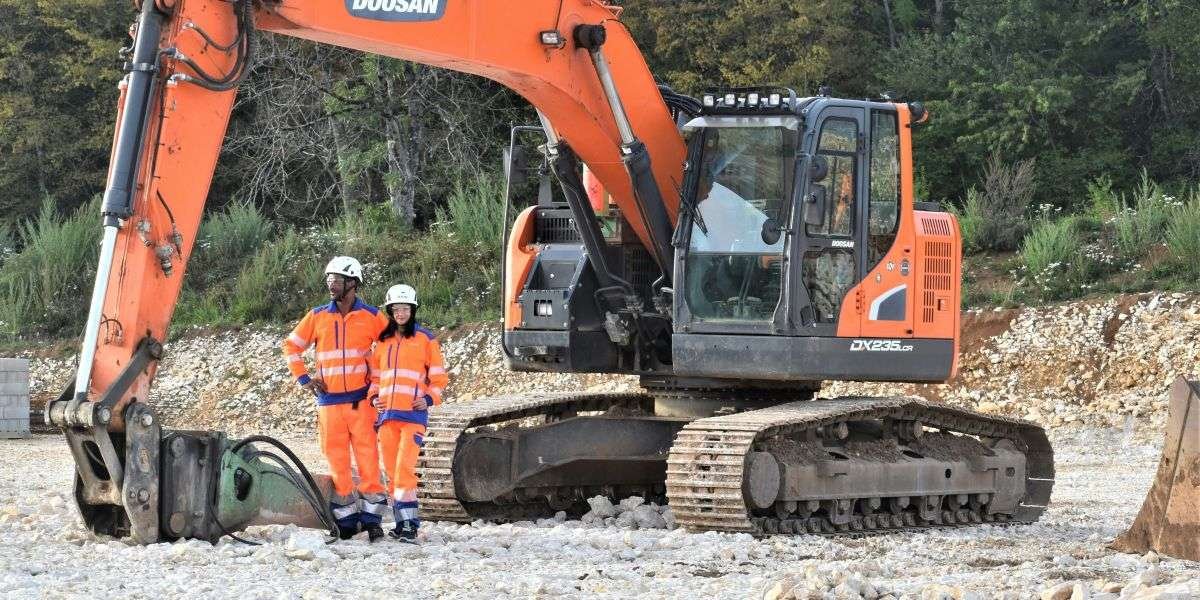NEW YORK – The bustling streets of New York City were once synonymous with packed offices and crowded commutes. The COVID-19 pandemic shattered that paradigm, forcing companies to embrace remote work out of necessity. Now, as the city emerges from the pandemic era, a new work landscape is taking shape – one where hybrid models and flexibility are becoming the norm, with far-reaching implications for the city’s future.
Shifting Tides: From Mandated Remote Work to Varied Approaches
During the pandemic’s peak, remote work was essential for business continuity. Now, companies are charting their own paths forward. Some, particularly those in finance and traditional industries, are pushing for a return to in-person work. Others, notably tech companies, are embracing fully remote or flexible hybrid models.
A recent survey by the Partnership for New York City, a prominent business organization, found that only a slight majority of Manhattan office workers are in the office full-time, with the rest working on hybrid schedules. This signifies a sea change from pre-pandemic norms.
The Benefits and Challenges of the Hybrid Model
For employees, hybrid work offers the best of both worlds: the convenience and flexibility of remote work, coupled with the collaboration and social aspects of in-person work. “I love the flexibility of working from home a few days a week,” says a marketing professional at a Midtown-based firm who preferred to remain anonymous. “It saves me time on commuting and allows for better focus. But I also value in-person brainstorms and the energy of the office.”
However, hybrid models also present coordination challenges for employers. Ensuring fairness in terms of who can work remotely and setting clear expectations for in-office versus remote days requires careful management.
The Real Estate Impact: Rethinking Office Space
The rise of remote work has undeniably reduced demand for traditional office space. Commercial real estate markets across NYC are seeing increased vacancies, and landlords are adapting by offering smaller, more flexible footprints designed to appeal to companies with hybrid workforces. Some experts predict a shift away from vast corporate headquarters towards smaller, satellite-like offices in various neighborhoods.
The Ripple Effects on NYC’s Economy
The long-term impact of remote work on NYC’s economy remains a major question. Reduced commuting could hurt businesses reliant on office worker foot traffic, including lunchtime eateries and retailers. Conversely, a more distributed workforce could revitalize neighborhood economies outside of traditional business districts.
Public transportation is also a concern. NYC’s subway system relies heavily on fare revenue, and ridership is still below pre-pandemic levels. Reduced commuter traffic could strain budgets and require operational adjustments.
A Turning Point for Work-Life Balance
The remote work revolution has sparked a broader re-evaluation of work-life balance among NYC’s workforce. Many employees who experienced the flexibility of remote work are reluctant to return to rigid 9-to-5 schedules and long commutes. This places pressure on employers to offer attractive work arrangements to remain competitive in the labor market.
Looking Forward: NYC Adapts and Innovates
New York City has weathered economic upheavals throughout its history, and this latest shift is no different. While uncertainty remains, the city’s inherent adaptability and dynamism are likely to prevail. Co-working spaces, neighborhood work hubs, and reimagined office buildings could emerge as cornerstones of the new work landscape.
The future of work in NYC is far from set in stone. Yet, one thing is clear: flexibility is here to stay, irrevocably reshaping the city’s relationship with the workplace.











